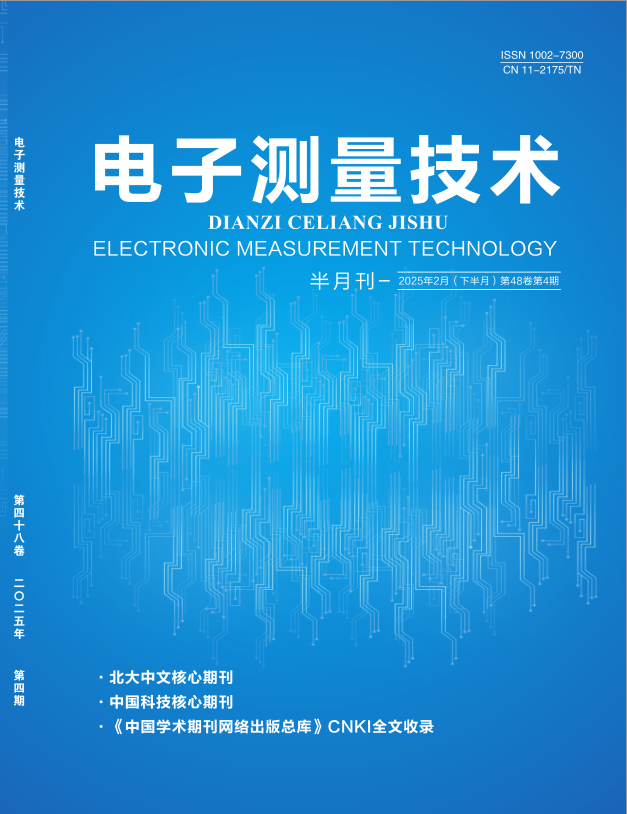2022, 45(22):92-98.
Abstract:At present, the detection of pipeline, especially high altitude pipeline, is mainly carried out by manual hand-held equipment, and the testing conditions are very limited, which is easy to cause low detection efficiency and safety risks. In order to improve the efficiency of pipeline inspection and protect the life safety of inspectors, this paper proposes a path information recognition algorithm based on machine vision for pipeline crawling robot. Firstly, region of interest (ROI) setting and perspective transformation are performed on the obtained images, and binary images of RGB and HLS color space are fused. Then, the contour extraction method not only realizes the extraction of obstacles and damages, but also compensates the non-pipeline pixels, which improves the stability and accuracy of polynomial fitting. Finally, the sliding pane method is used to extract the pixel of the fused binary image, and the centerline of the pipeline is fitted by polynomial. Experiments show that the algorithm presented can identify the centerline, obstacles and damage in complex ambient light accurately, and has strong anti-interference ability, which can meet the needs of pipe climbing robot to travel along the pipeline independently.
